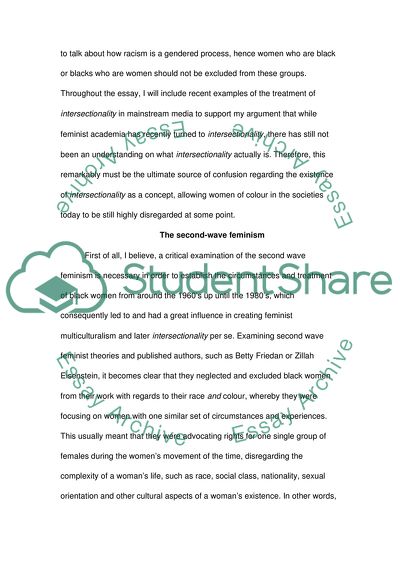Cite this document
(“The Recent Turn to Intersectionality In Feminist Theory Essay”, n.d.)
The Recent Turn to Intersectionality In Feminist Theory Essay. Retrieved from https://studentshare.org/social-science/1827493-critically-examine-the-recent-turn-to-intersectionality-in-feminist-theory
The Recent Turn to Intersectionality In Feminist Theory Essay. Retrieved from https://studentshare.org/social-science/1827493-critically-examine-the-recent-turn-to-intersectionality-in-feminist-theory
(The Recent Turn to Intersectionality In Feminist Theory Essay)
The Recent Turn to Intersectionality In Feminist Theory Essay. https://studentshare.org/social-science/1827493-critically-examine-the-recent-turn-to-intersectionality-in-feminist-theory.
The Recent Turn to Intersectionality In Feminist Theory Essay. https://studentshare.org/social-science/1827493-critically-examine-the-recent-turn-to-intersectionality-in-feminist-theory.
“The Recent Turn to Intersectionality In Feminist Theory Essay”, n.d. https://studentshare.org/social-science/1827493-critically-examine-the-recent-turn-to-intersectionality-in-feminist-theory.


